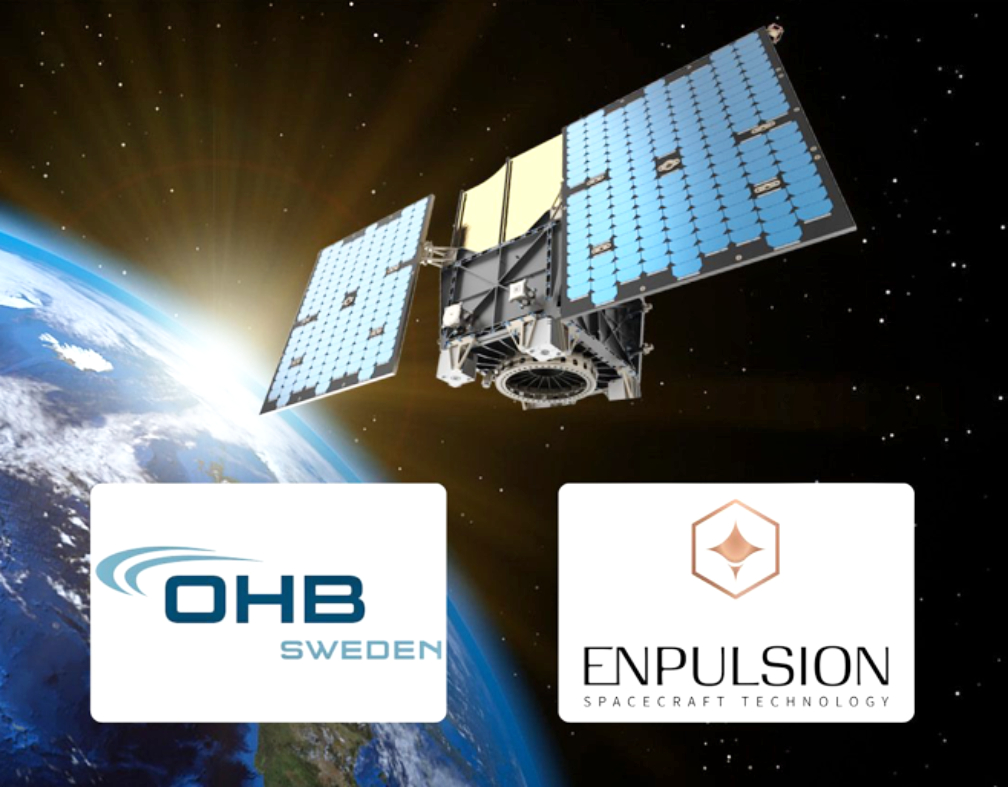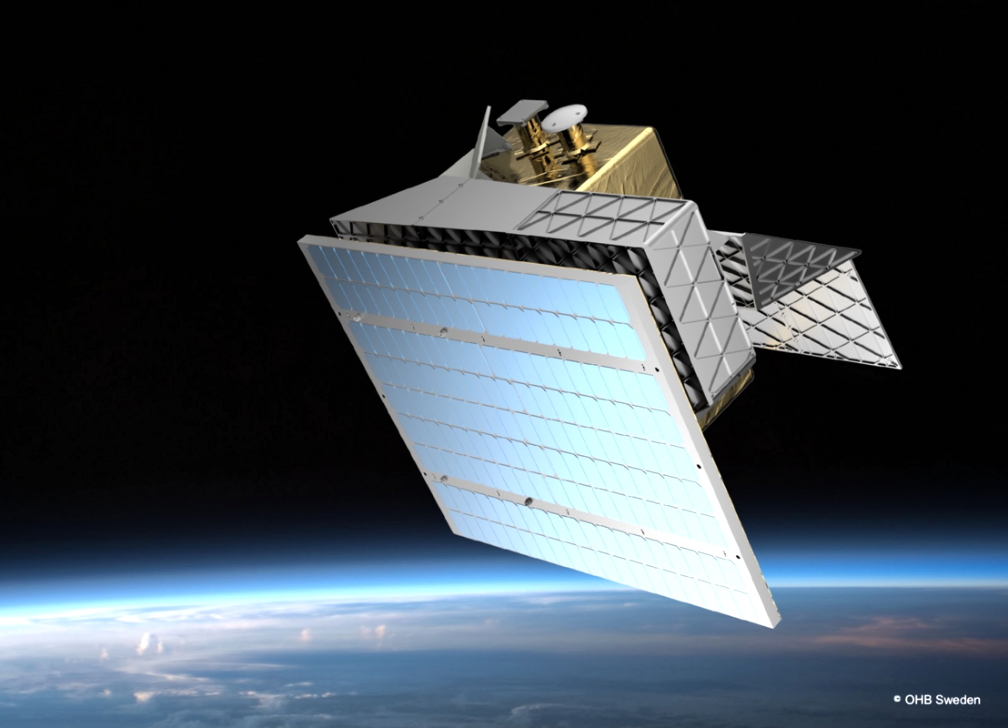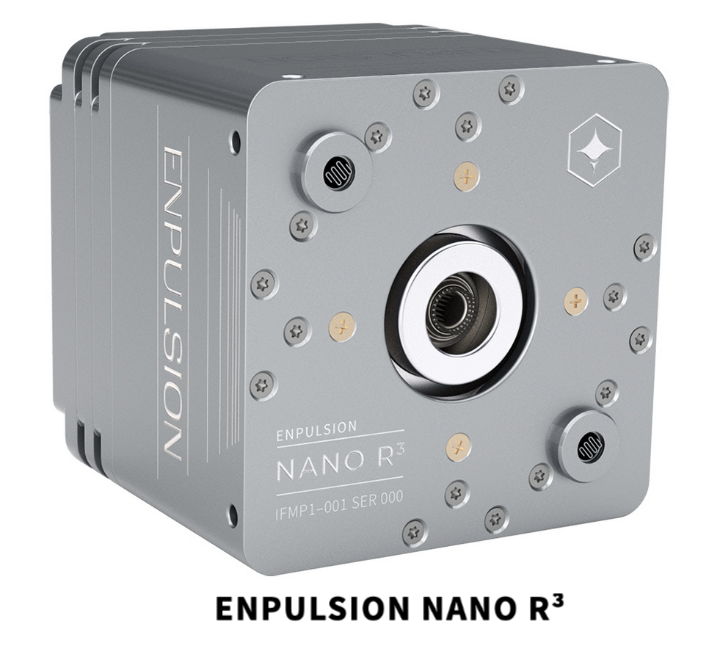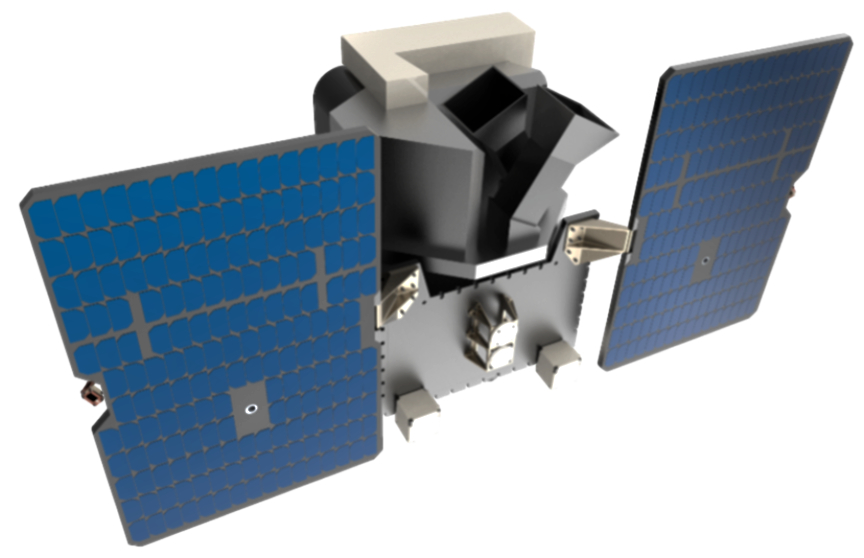
In December of 2022, OHB Sweden and ENPULSION signed a dedicated sales contract for a Horizon2020 IOV/IOD Mission called EIS.
After delivering ENPULSION’s propulsion products to previous OHB Sweden’s InnoSat smallsat platform missions, OHB Sweden decided to order a next series of ENPULSION thrusters for the firm’s upcoming EIS mission.

OHB Sweden and ENPULSION have successfully worked together on previous missions, including the Arctic Weather Satellite (AWS) program using the ENPULSION NANO R3 thrusters, as well as the GMS-T satellite, launched in 2021, in which the ENPULSION MICRO R3 thrusters are being used.

The AWS is a part of ESA’s Earth Watch program and the AWS satellite will be the proto-flight model for a possible constellation of satellites. The launch of the AWS is planned for 2024.

The fourth mission to be realized using the InnoSat platform is the European IOD/IOV Satellite (EIS) mission. EIS will host a single experiment from the Belgian company AMOS called “ELOIS.”

OHB Sweden is the satellite prime, carrier/platform provider, system integrator and overall ground segment responsible (incl. operations). For this mission, OHB Sweden will again rely fully on the existing, flight proven, InnoSat platform, with a minimum of adaptations, and will again be using the ENPULSION NANO R3 thrusters. The EIS satellite is under a contract with the European Space Agency, funded by the European Commission. The launch of EIS is planned for early 2024.
“We are particularly proud to work with the team of OHB Sweden on key projects with such high strategic relevance for European competitiveness in the upcoming years. This long-standing fruitful collaboration with OHB Sweden is highly valuable to our company and therefore we will be looking forward to further developing this partnership,” said Alexander Reissner, the CEO of ENPULSION
OHB Sweden’s InnoSat smallsat platform solutions offers a highly integrated, capable satellite platform intended for a wide range of LEO applications such as EO, telecom, scientific research and orbital launch vehicles. It is designed to provide high performance in pointing, power and data downlink for the lowest cost/reliability ratio and builds upon a long-standing heritage of 3 decades mission experience. The platform is designed to interface with multiple types of payloads and can easily be tailored to the customers’ requirements.
